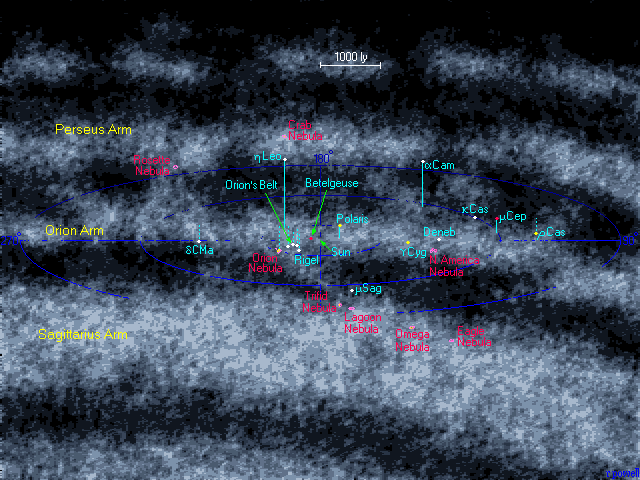S
Shpaget
Guest
Observations suggest that GRBs are highly directional events which are focused in a ray between 2 and 20 degrees, so even if a star goes supernova near Earth, it doesn't mean that Earth will get hit by GRB since it can, and usually does miss us.
Too bad Vega is pointing in our direction :lol:
It is not traveling away from us. It's approaching, if my math and research skills serve me right, at 19 km/s, meaning that it will be closest to us in aprox. 300 000 years.
Since it will probably live for another 300 000 000 years or more, there is no reason to be afraid of it. There will be a lot more light years between us by that time.
Too bad Vega is pointing in our direction :lol:
It is not traveling away from us. It's approaching, if my math and research skills serve me right, at 19 km/s, meaning that it will be closest to us in aprox. 300 000 years.
Since it will probably live for another 300 000 000 years or more, there is no reason to be afraid of it. There will be a lot more light years between us by that time.



